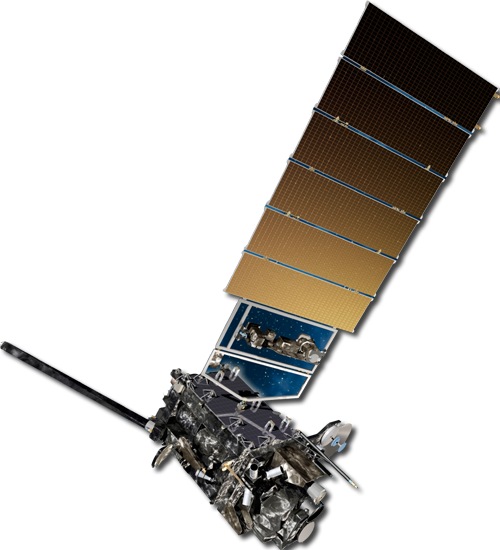Satellite Images

Visible Satellite Images
In the solar spectrum, or the shortwave, very little absorption occurs in the visible
spectral region; however, scattering of light is large. A visible
satellite image represents sunlight scattered by objects suspended in the atmosphere or
on Earth, obviously visible
images are only available during the day. Differences in the reflected
radiation of clouds, water, land, and vegetation allow us to distinguish these
features in the imagery.
Dark areas in a visible satellite image represent geographic
regions where only small amounts of visible sunlight are reflected back to space.
Areas of white indicate clouds while shades of gray indicate generally clear skies.
The oceans are usually dark while snow and thick clouds are bright.
Distinguish Cloud Features in Visible Satellite Images
The brightness of a cloud in the visible image is determined by the height of a cloud top, the overall thickness, and the number of water droplets or ice crystals in a cloud. Stratus clouds that drape over the Earth like blankets have lots of particles and scatter a lot of solar radiation. They appear white in a visible image. Fog is also very easy to see on visible satellite images. On the other hand, thin whispy cirrus in the upper troposphere are difficult to see because there are relatively few ice particles available to scatter solar radiation. Powerful cumulonimbus clouds with bright white overshooting tops that punch through the tropopause are easy to spot on visible satellite images.
The best way to become familiar with visible images is by looking at them!
Please proceed to next page to explore the properties of visible satellite images.
| 2 / 15 |





